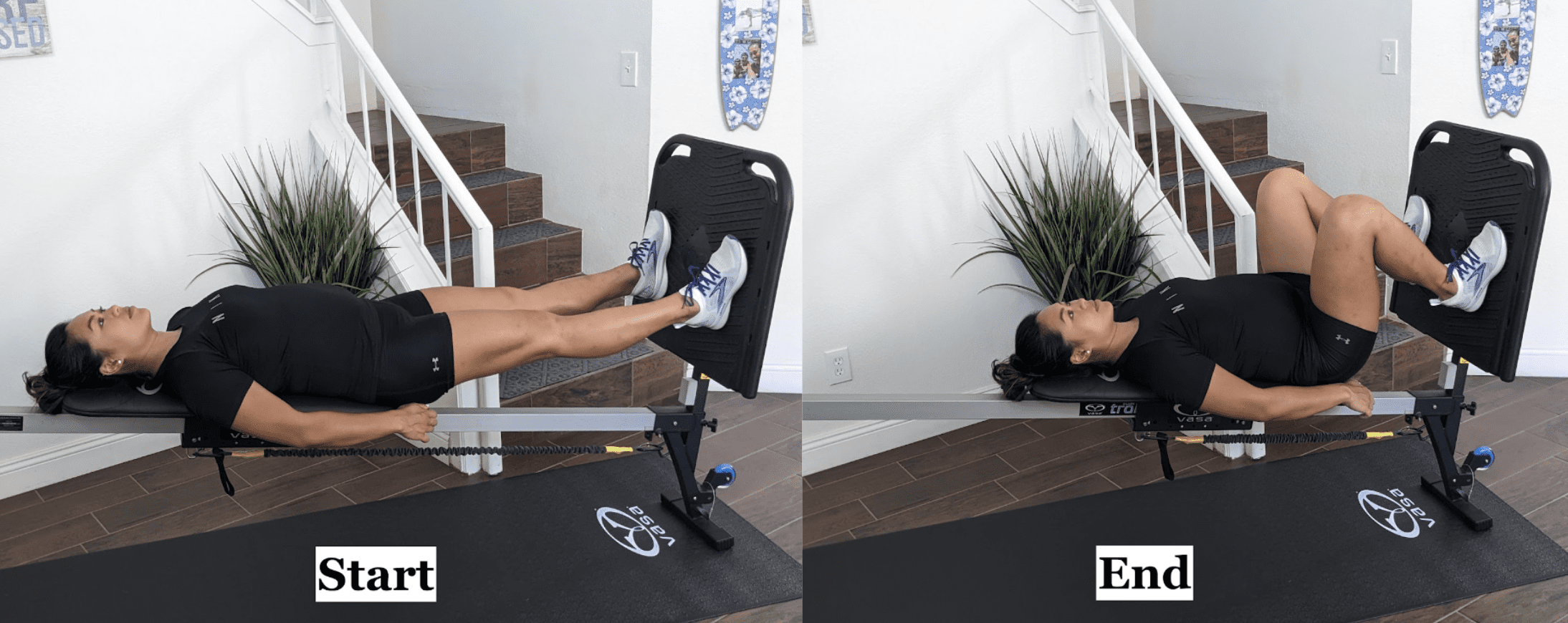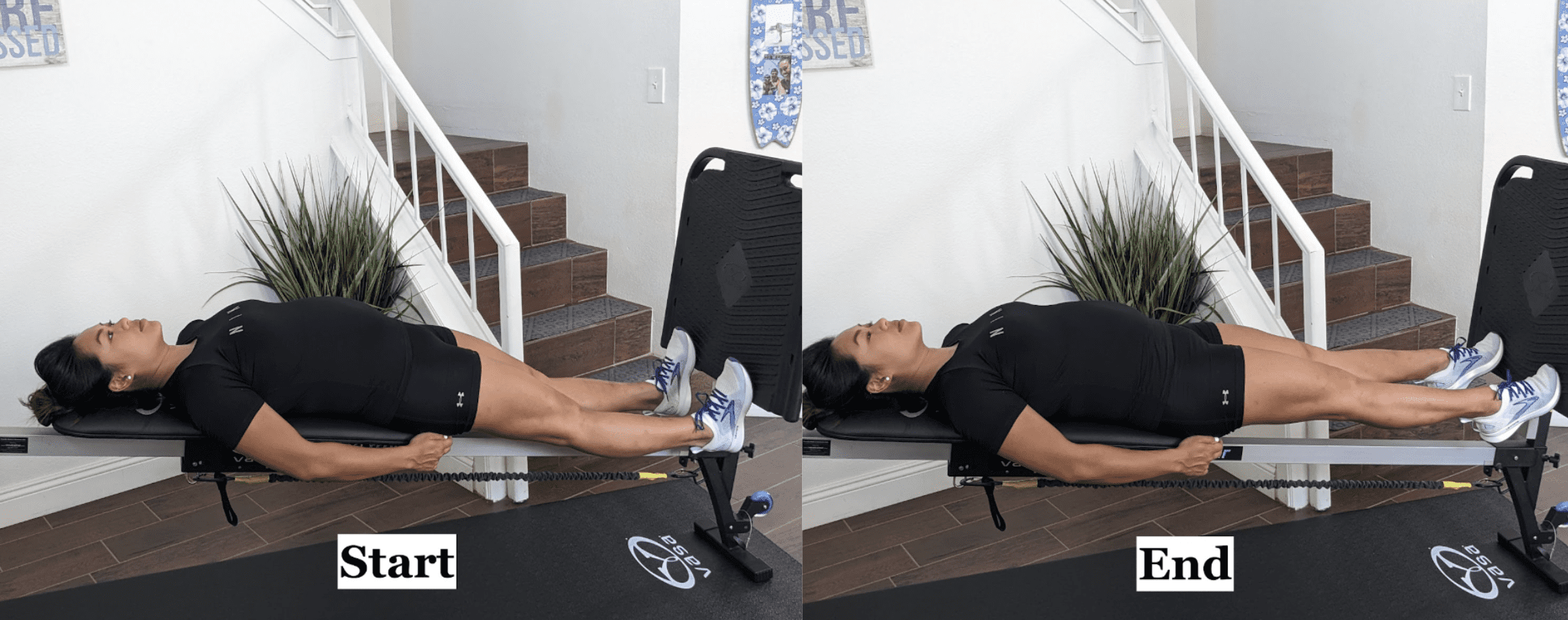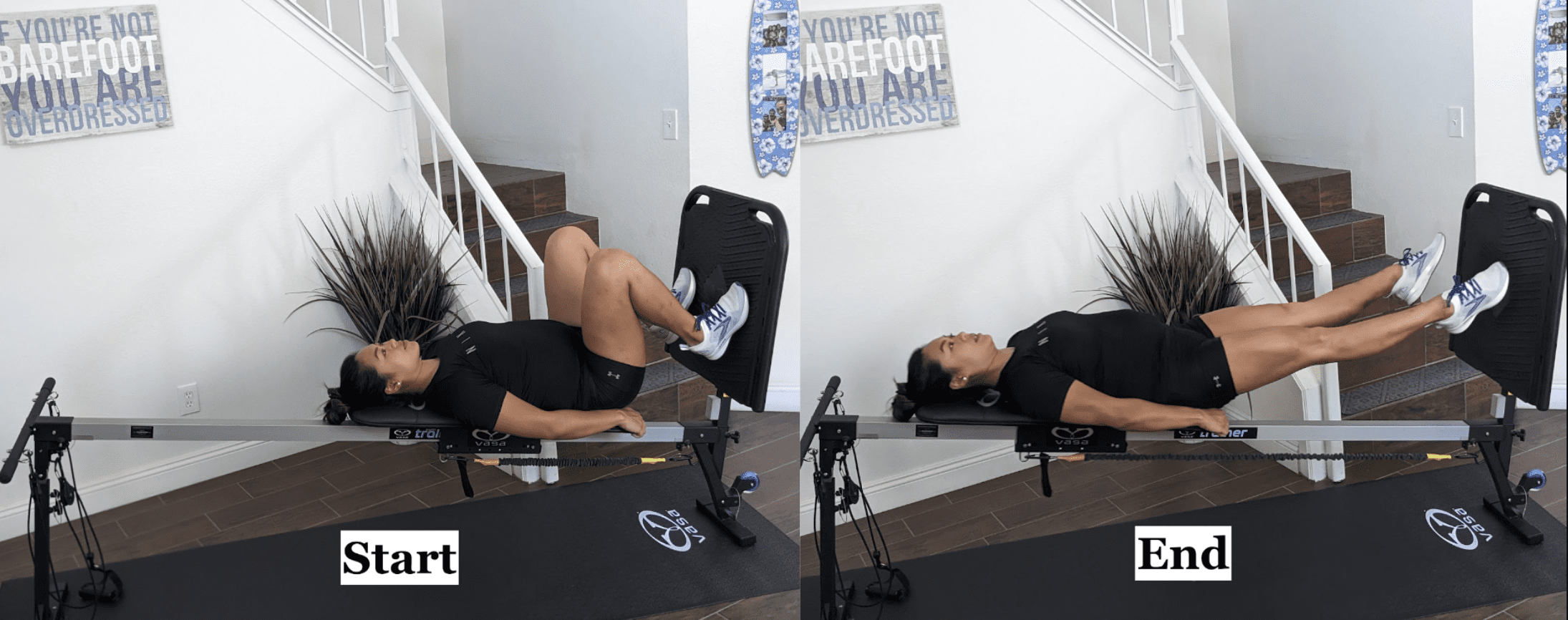Author: Sandra Harrell, DPT, MS
When you think of swimming, you probably think of what happens between the flags. You think of your strokes, your breathing pattern, gliding through the water, or the rhythm of your kick. Envisioning what you do between the wall and the flags might be the last thing that comes to mind.
Interestingly, what you do between the wall and the flags is just as important. The distance inside of the flags varies depending on whether you are training for short course yards or long course meters. For a 25-yard pool, the distance inside the flags is five yards on one end of the pool, with a total of ten yards per lap. In an Olympic-size swimming pool, there is a distance of ten meters inside of the flags on each end of the pool.
In short course yards, this makes up approximately 40% of the pool’s length; in long course meters, it’s roughly 20%. No matter the pool, that’s a significant portion of your swim, and what you do in that space matters greatly.

Momentum, speed, and performance
So, why does this distance from the flags to the wall matter? This distance is crucial as what you do in your turns and streamline form impacts your momentum, speed, and overall swimming performance. Surprisingly, you spend about 20-40% of your swims preparing for a wall. Mistiming and mishandling turns will significantly affect your race performance.
Although it seems logical that pushing off the wall affects overall swimming speed, what about the approach to a turn off the wall? Many swimmers do not realize how the approach to a wall impacts the next lap. There are several components swimmers need to master before pushing off the wall.
Contrary to belief, the first part of your turn begins well before the flags. Most competitive and elite swimmers begin preparing and timing their strokes well before they reach the flags. They often begin a few yards before reaching the flags. Some of them even begin preparing when they are in the middle of the pool. This is because the speed at which you approach the wall affects your distance per stroke, which ultimately affects the number of strokes you take before performing a turn.
Mastering speed and rhythm
Mistiming your approach to walls negatively impacts your swimming since you will be forced to adjust at the last moment to avoid a collision. Making a last-second adjustment usually slows your speed, throws off your timing and rhythm, reduces your momentum, and places you significantly behind other swimmers during a race.
Once you have mastered your speed and rhythm going into walls, you must determine the distance needed to perform a fast, powerful turn effectively. This is particularly true for flip turns since you do not touch the wall with your hands, unlike turns for short-axis strokes such as butterfly and breaststroke.
Rather, you need to time it so that as you take the last stroke toward the wall, you initiate the flip turn simultaneously. In a sense, your final stroke merges into a turn. Additionally, you must ensure adequate space to allow for a powerful push-off with your legs. Oftentimes to prevent turning too early and missing the wall, swimmers will get too close to the wall. When that happens, your legs are in too much of a flexed position and you will not be able to generate enough force to push off the wall effectively. Whether you are too far or too close, mistiming those turns means you are not making the most of your push-offs.
Although the next step is to ensure you have a tight streamline, the transition from taking your last stroke into a streamlined position should be smooth. Ideally, when your feet are positioned on the wall, ready to push off, your body is already streamlined, with your upper body and abdominal muscles engaged.
The breakout
The final component of completing an effective turn and streamline is your breakout. Your breakout includes the following: your push-off, underwater dolphin kicks, flutter kicks, and breakout stroke. Smooth execution of these subcomponents is key to maintaining the speed and momentum you have built up from the wall push-off.
To optimize your turns, you need to master each of the technical components previously mentioned. In addition to performing the proper technique, improving your lower body power and strength is important to maximize your push-offs.

The best way to improve your lower body power and muscular strength is to perform strength and power-based exercises that are sport-specific and will translate directly into swimming.
One of the best training equipment that improves power and strength while ensuring the exercises translate directly in the water is the Vasa Trainer with the Leg Power Platform. This equipment is a versatile swim training bench with full body strengthening. Unlike other swim training benches where the focus is to build upper body strength and endurance, the Vasa Trainer integrates a leg power platform also to allow you to train your lower body and core. This addition is especially crucial when improving your leg push-off power for swimming starts and turns.
With the leg power platform, swimmers can perform various lower body and core strength and power-based plyometric exercises that improve streamlining, wall push-offs, and vertical leaps.
To increase lower body strength and power for turns and push-offs, here are some great exercises with the Vasa Trainer Leg Power Platform to integrate into your training for better swimming turns and streamlines:
Strength-Based Exercises
Squats:
Begin by lying supine (on your back) and placing your feet hip-width apart near the center of the platform. In a slow and controlled manner, lower down into a squat position with your hips and knees at 90° flexion. Extend your legs and return to a stance position.
For greater core engagement and to simulate streamlining off walls, position your arms in a streamlined position when performing squats.
Performance Tip: Use the appropriate slope angle of the monorail and selected stretch cords for your preferred resistance to modify resistance.


Squats In Streamline Position:


Single Leg Squats:
Begin by lying supine in a single-leg stance with your non-stance leg flexed. Your stance leg should be positioned slightly inside and anterior of your hip for best support. In a slow and controlled manner, lower down into a single-leg squat position with your hip and knee flexed at approximately 90°. Extend your leg and return to a single-leg stance position.
Performance Tip: Use the appropriate slope angle of the monorail and selected stretch cords for your preferred resistance to modify resistance.


Single Leg Squats in Streamline Position:

Calf Raises:
Start in a supine position with both heels positioned off the lower edge of the leg platform, hip-width distance apart. Slowly lower your heels past the platform’s edge, then push off onto your toes to engage your calves. Slowly return to the starting position with your heels past the lower edge of the platform.
Performance Tip: Use the appropriate slope angle of the monorail and selected stretch cords for your preferred resistance to modify resistance.


Single Leg Calf Raises:
Start in a supine position with one heel positioned below the lower edge of the platform and the other leg flexed. Slowly lower your heel past the platform’s edge, then push off onto your toes to engage your calf. Return to the starting position with your heel past the platform.
Performance Tip: Use the appropriate slope angle of the monorail and selected stretch cords for your preferred resistance to modify resistance.


Power-Based Exercises
Plyometric Jump Squats:
In a supine position with your feet placed hip-width apart on the platform, lower down in a slow and controlled manner into a squat position with your hips and knees at 90° flexion. At the bottom of your squat, load your squat and jump or explode off the platform with both feet leaving the platform. Land softly on your forefoot to absorb the shock of the jump and transition back into a squat position for your next repetition.
Performance Tip: Engage your abdominals before each jump squat to maintain control of your trunk during this exercise. Use the appropriate slope angle of the monorail and selected stretch cords for your preferred resistance to modify resistance.


Single Leg Plyometric Jump Squats:
In a supine position with your stance leg placed within your base of support on the platform and your non-stance leg flexed, lower down in a slow and controlled manner into a single leg squat position with your hip and knee at 90° flexion. At the bottom of your single leg squat, load your squat and jump or explode off the platform with your foot leaving the platform. Land softly on your forefoot to absorb the shock of the jump and transition back into a single-leg squat position for your next repetition.
Performance Tip: Engage your abdominals before each single leg jump squat to maintain control of your trunk during this exercise. Use the appropriate slope angle of the monorail and selected stretch cords for your preferred resistance to modify resistance.


Final thoughts:
When performing any Vasa Trainer and Leg Power Platform exercise, focus primarily on technique before progressively increasing resistance, repetitions, sets, frequency, or any other parameters. Safety is a priority when performing any exercise, particularly with plyometrics training.
About Dr. Sandra Harrell
 Dr. Sandra Harrell is a licensed Doctor of Physical Therapy with a Master’s in Exercise Science and Health Promotion. Sandra was a collegiate swimmer and 5x NCAA All-American at UC San Diego, and she has coached competitive age groups and Masters swimming teams. She is the creator of The Swimmer’s Doc.
Dr. Sandra Harrell is a licensed Doctor of Physical Therapy with a Master’s in Exercise Science and Health Promotion. Sandra was a collegiate swimmer and 5x NCAA All-American at UC San Diego, and she has coached competitive age groups and Masters swimming teams. She is the creator of The Swimmer’s Doc.

